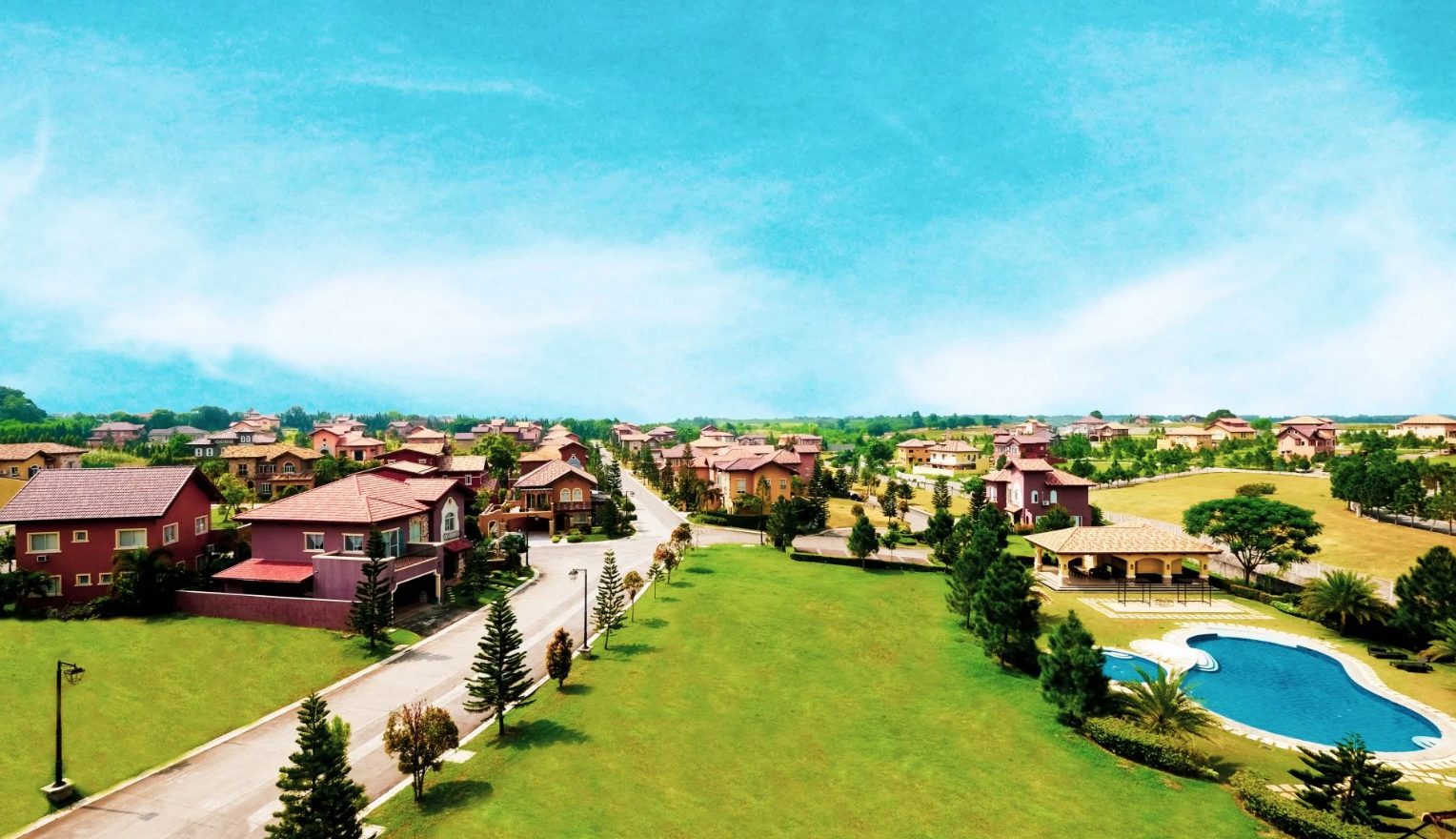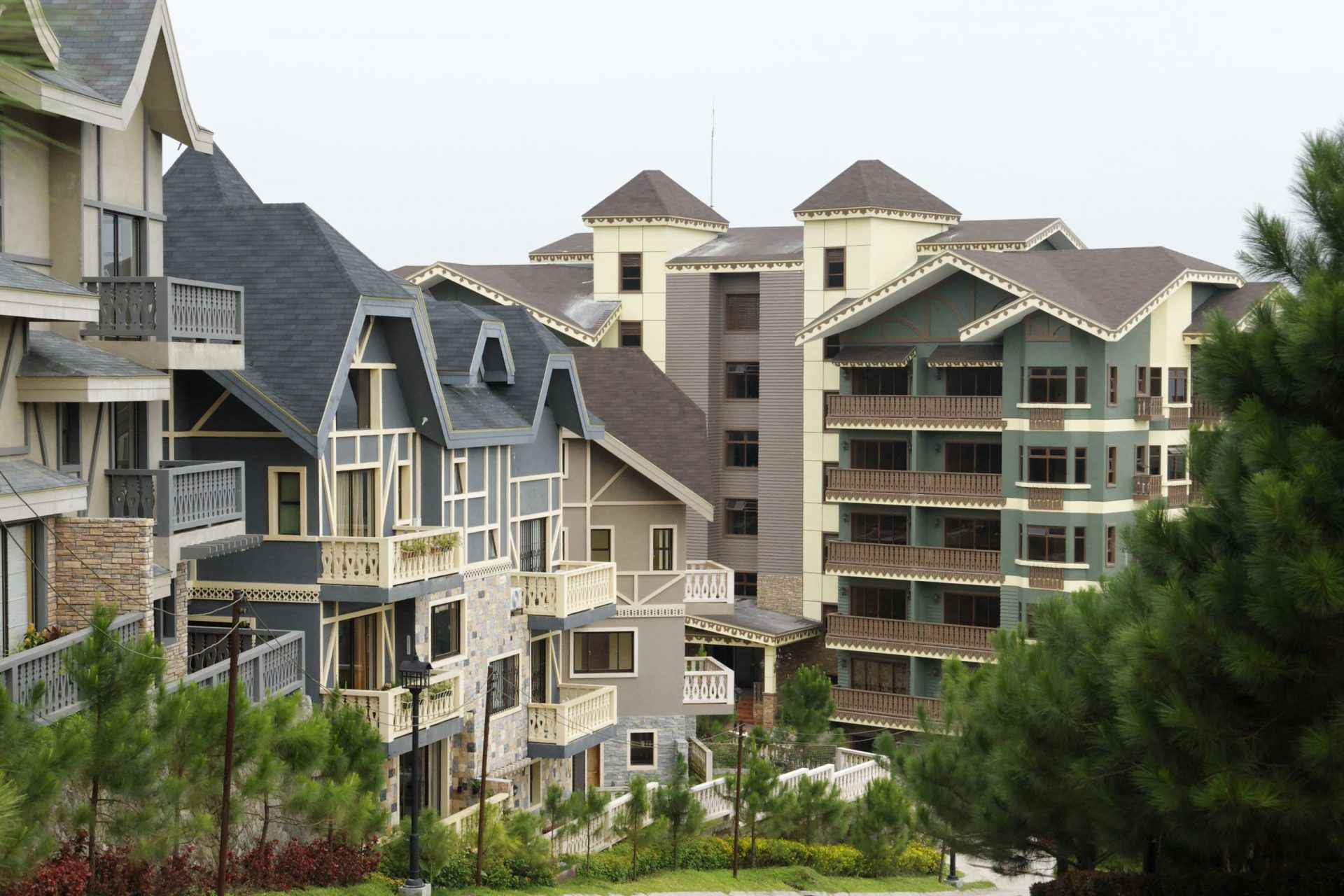BLOGS
A Guide to Keeping Your Swimming Pools Safe & Clean
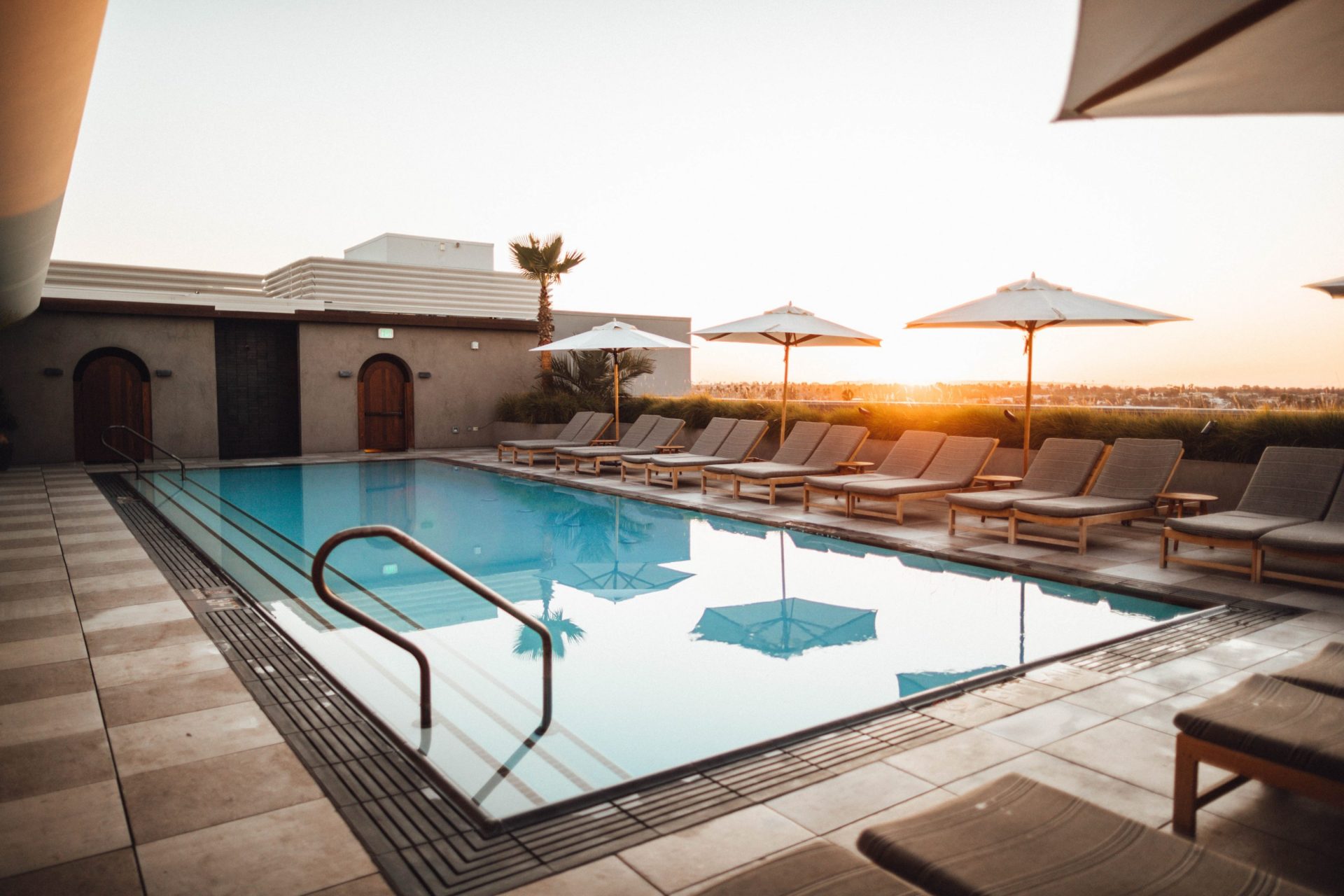
Nothing exudes luxury living more than having a private swimming pool. It is a valuable feature that provides entertainment to homeowners and boosts the market value of a luxury real estate property. But as with other features of a luxury home, swimming pools need constant care to keep it in prime condition. Keeping your swimming pool clean ensures that it is sanitary, and therefore, safe for swimming or simply lounging in the pool area. Without proper pool care, swimming pools could be a source of skin irritation, bacterial infection, and other related health risks due to accumulation of pool grease, algae, and other debris. Keeping your swimming pool clean also extends its longevity, preventing costly repairs in the future.
So where do you start? Read on to know more about the basics of swimming pool maintenance and more.
Beginner-Friendly Tips to Indoor & Outdoor Swimming Pool Maintenance
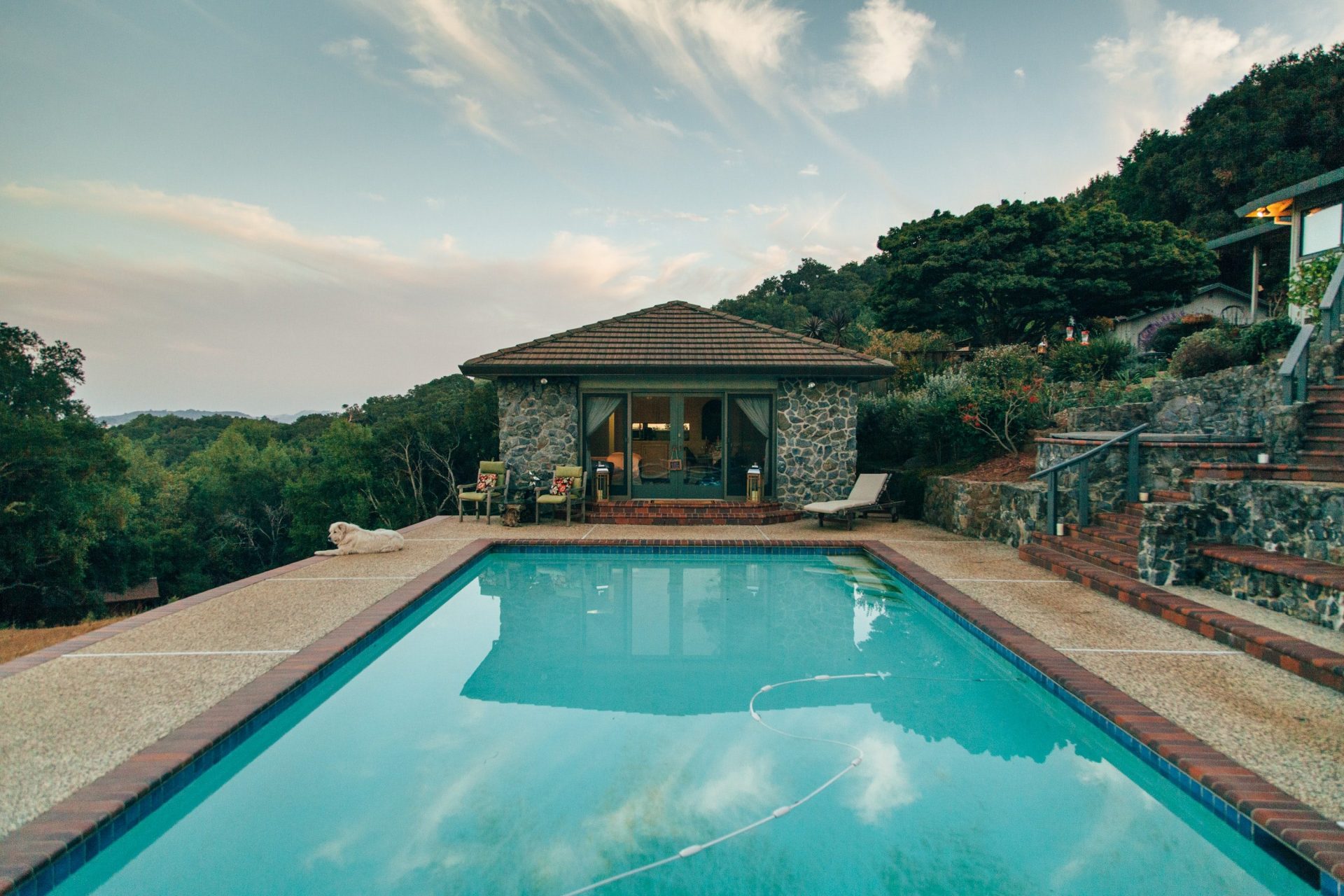
Some homeowners pay professional cleaners to handle advanced swimming pool maintenance, then leave the basic tasks in their own hands. Pool care might sound rigorous at first, but it gets easier when you understand the basics. Remember the major areas or the three C’s of maintaining a swimming pool: circulation system, cleaning, and chemistry.
Circulation is about preventing stagnant pool water through a well-maintained swimming pool filter and pump system. It is important to keep your pool water flowing or cycling to prevent dirt buildup and bacterial growth. Cleaning, on the other hand, is generally about removing contaminants in the pool water (e.g., algae, hair strands, and insects). Lastly, pool chemistry involves the chemical levels in your swimming pool, including its chlorine and pH levels.
A balance between these three factors makes a clean swimming pool. So, no matter what swimming pool design you have at home—above ground pool, traditional pools, or infinity pools—following these essential pool care tips will help you keep them in great working condition.
Keep the pool pump and filter system running
As mentioned above, a clean and clear swimming pool water begins with a good water circulation. This is why it is recommended to run your pool pump and filter system 24/7 or at least 10 to 12 hours daily. Here’s how a modern swimming pool filtration works: the pool pump sucks water into the filter, where all the dirt, debris, and other impurities are stripped off of the pool water. Once filtration is done, the jets push the clean water back into the swimming pool and the cycle repeats.
TIP: Don’t forget to backwash. Backwashing refers to the process of cleaning swimming pool filters by reversing the pool water circulation and flushing it out to the drain port.
Test Swimming Pool Water Chemistry Regularly
A clear pool water does not always equate to cleanliness—but a properly balanced pool water does. Even a slight imbalance on your pool water’s chemical levels can compromise its quality and sanitation. Pool water testing kits (which are typically available in local hardware stores) test water chemistry by measuring these three important factors:
- pH level – This determines the acidity of the pool water. A low pH level means poor water quality while high pH levels can be irritating to the skin and eyes. The ideal pH level range for swimming pools is from 7.4 to 7.6.
- Alkalinity – A pool water’s alkalinity buffers acidity. It helps control or stabilize any sudden changes of pH levels in the pool water, keeping it within the ideal range. The standard measurement for total alkalinity in swimming pools is between 100 to 150 parts per million (ppm). If you detected a below ideal level of alkalinity in your pool water, you could use baking soda to spike it up.
- Pool water sanitizer level – Sanitizers refer to the chemicals (e.g., chlorine, bromine) used to clean pool water by killing bacteria, algae, and other contaminants. Sanitizers are formulated safe for swimmers, but they must always be used within recommended levels. For example, the standard, total chlorine level for swimming pools ranges from 1.0 to 3.0 ppm.
Testing your pool’s water chemistry as often as possible (or at least twice per week) allows you to neutralize bacteria and other contamination before they become a huge issue. Outdoor pools might need more frequent testing than indoor swimming pools because the former is exposed to rain.
Shock Your Outdoor or Indoor Pool Weekly
Other than natural pools, most modern swimming pool types are filled up with chlorinated water to kill germs and bacteria that cause waterborne infections. “Shocking” a swimming pool means adding chlorine or non-chlorine chemicals to pool water in order to super-chlorinate it. This is done to get rid of any lingering bacteria or algae formation that the initial chlorination might have missed. A greenish or cloudy water is a warning sign that algae is already forming on the pool walls. Make sure to shock your swimming pool water each week to maintain good water quality.
IMPORTANT NOTE: Don’t shock your swimming pool during the day. Ultraviolet (UV) rays from the sun will dissolve the Chlorine you add in the pool water, which defeats its purpose of cleaning the pool. Set a time around sundown, or preferably at night, when you plan to shock your pool’s water. Once done, rerun the pump for 8 hours at minimum to ensure full circulation.
One more thing to keep in mind: do not swim right away into a newly shocked swimming pool. Experts recommend waiting for 24 hours at most, depending on the size of the swimming pool. Otherwise, you are risking the chance of getting skin or irritation. Accidentally drinking pool water from a newly shocked pool can also cause nausea and vomiting. The worst-case scenario is inhaling chlorine particles, which can cause shortness breathing problems and chest tightness.
Cover Your Swimming Pool When Not in Use
A simple pool care tip that can make a huge difference: use a pool cover. Whether your swimming pool design is for indoors or outdoors, covering it when not in use prevents outside debris like leaves, dirt, or insects from getting into the pool water. This is especially applicable for outdoor swimming pools that are surrounded by trees and other elements of nature. Pool covers are also used for safety precautions. They protect kids, pets, or wildlife from slipping into the swimming pool, especially when it is unattended.
How Often Should You Clean Your Swimming Pool?
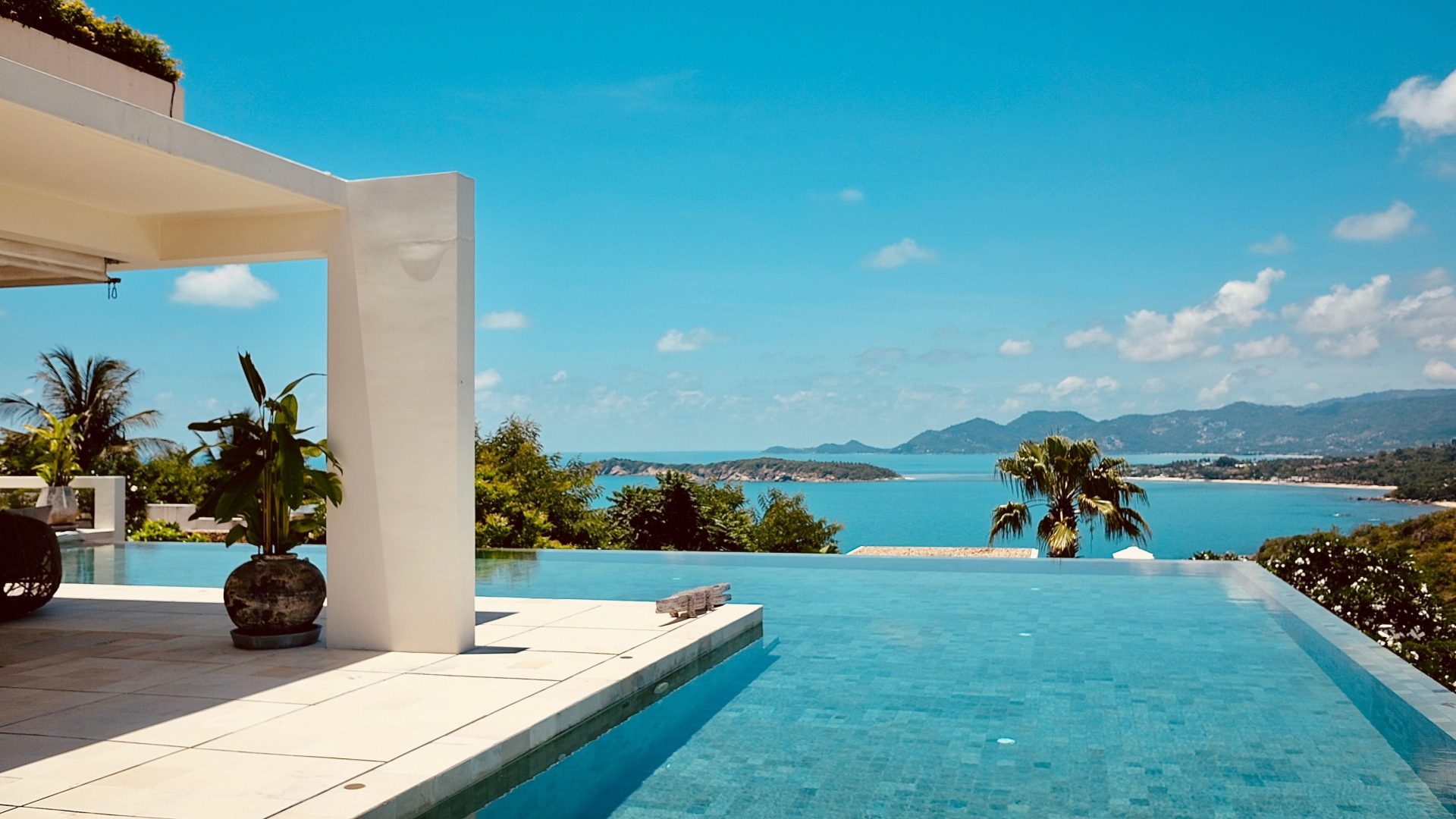
Taking care of your swimming pool requires some time and effort, so keeping a schedule helps you be on track with the basics like scrubbing the pool walls, skimming the pool surface, and testing water chemistry—down to the more strenuous tasks such as shocking the pool water and backwashing. Maintaining a schedule also helps you plan ahead on pool maintenance if you are, say, going for a vacation or would be away from home for a while.
Got More Questions? Ask Brittany Corporation
Brittany Corporation is dedicated to the latest trends in luxury living, high society culture, and world-class luxury real estate developments in the Philippines. Experience the luxury city life in Brittany’s Daang Hari subdivisions like Portofino Heights, Portofino South, and Amore at Portofino or the cozy residences of Brittany’s suburban luxury real estate properties. If you want to explore more of what Brittany Corporation has to offer, you can take a virtual tour around Brittany’s Daang Hari subdivisions and other upscale communities situated in the country’s prime locations. For any business or sales-related concerns, you may contact its Sales and Marketing by clicking here.
Experience the world-class standards and understated luxury of living in Brittany’s Daang Hari subdivisions and beyond. Come home to Brittany today!
READ NEXT ARTICLE: LOW MAINTENANCE PLANTS FOR YOUR LUXURY CONDOMINIUM
READ NEXT ARTICLE: 10 QUESTIONS TO ASK WHEN BUYING A CONDO IN THE PHILIPPINES







